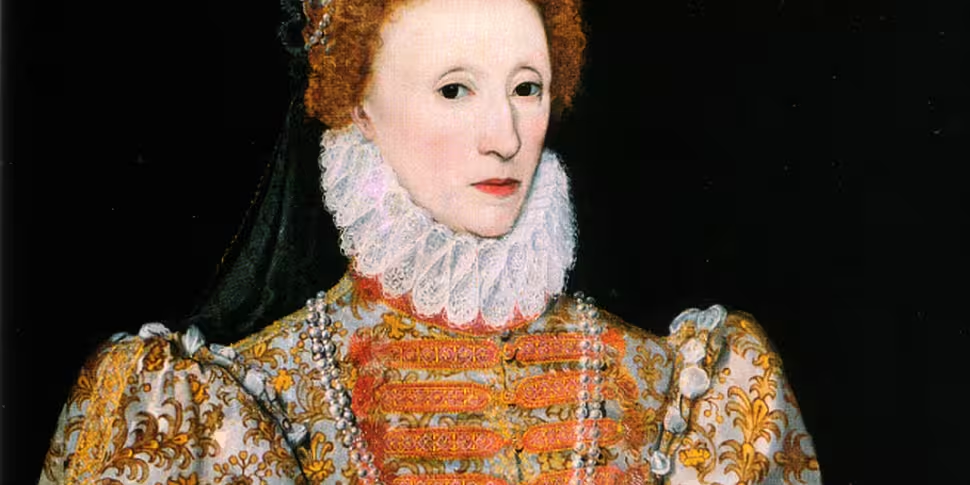Sir William Stanley was a brutal military leader who slaughtered thousands of Irish on behalf of the English Crown in the late 1500s.
However, when he felt he wasn’t properly rewarded for this he defected to the Spanish and was thought to be planning to use Ireland as a springboard to invade England.
He was also widely rumoured to be involved with Guy Fawkes and the Gunpowder plot to blow up the Commons and the King in London in the early 1600s.
But was the English monarch just about to reward him handsomely before his act of treachery?
Sir William Stanley was an English Catholic born in York in 1548 who entered into the military as a young man. He earned his stripes and indeed his knighthood by crushing the Irish on behalf of Queen Elizabeth I.
In 1570, the 22-year-old arrived in Ireland where he was to serve for the next fifteen years alongside men such as Sir Walter Raleigh and the poet Edmund Spenser. He was destined to come to the fore during the Desmond Rebellion of 1579 when the Geraldine Earl of Desmond launched his offensive against the English forces in Munster.
Despite his adherence to the Catholic faith, Captain William Stanley was amongst the most proactive officers in the Tudor army, he was a bastard and crushed much of County Limerick for the Protestant Crown.
He was knighted for his efforts. He boasted of hanging 300 rebels in Cork and was feared as a rebel hunter in the Wicklow Mountains.
He turned on Queen Elizabeth I because he felt he was not properly rewarded for what he did in Ireland
In England, he was hailed as a hero. He may have been Catholic but it was clear that his first loyalty was to the English Crown, irrespective of religion. As such, he had good cause to anticipate a share of the spoils when the Privy Council began to carve up a whopping 500,000 acres of Munster forfeited by Desmond and his allies.
Much to his disappointment, Stanley’s remarkable service was ignored during this massive land redistribution, while his comrade Walter Raleigh secured over 42,000 acres - 170 km² - and went on to become Mayor of Youghal. Many others who had served on the fringe were likewise handsomely rewarded. He wasn’t.
How did he turn on the Queen?
After Ireland Stanley helped capture Deventer, regarded as the most important town in the Netherlands after Antwerp and Amsterdam. His enemy in that battle were the Spanish. Widely applauded for his bravery across Protestant Europe, Sir William was duly appointed Governor of Deventer and his Irish troops were assigned to garrison the harbour town.
However, just months later, Stanley stunned his English compatriots when he switched sides. He joined the Spanish and surrendered Deventer to the Spanish Governor of Zutphen.
It is believed his master plan was to use Ireland along with the Spanish as a springboard to invade England.

Masks depicting Guy Fawkes' likeness are commonly worn on November 5th on Guy Fawkes Night, the date Fawkes attempted to blow up the House of Lords in 1605
Was he involved in the Gunpowder Plot?
Probably. Guy Fawkes had served under him and Stanley was placed under house arrest after the attempt to blow the commons up was discovered. Fawkes says he was involved but Stanley was pardoned, probably for spilling the beans. However, his efforts to be allowed to return to England failed and he became a recluse, living his last years at a monastery in Belgium. He died at Ghent in 1630.
He got it wrong?
Unbeknownst to him, Queen Elizabeth had personally proposed him as the new Viceroy of Ireland just before his betrayal.









